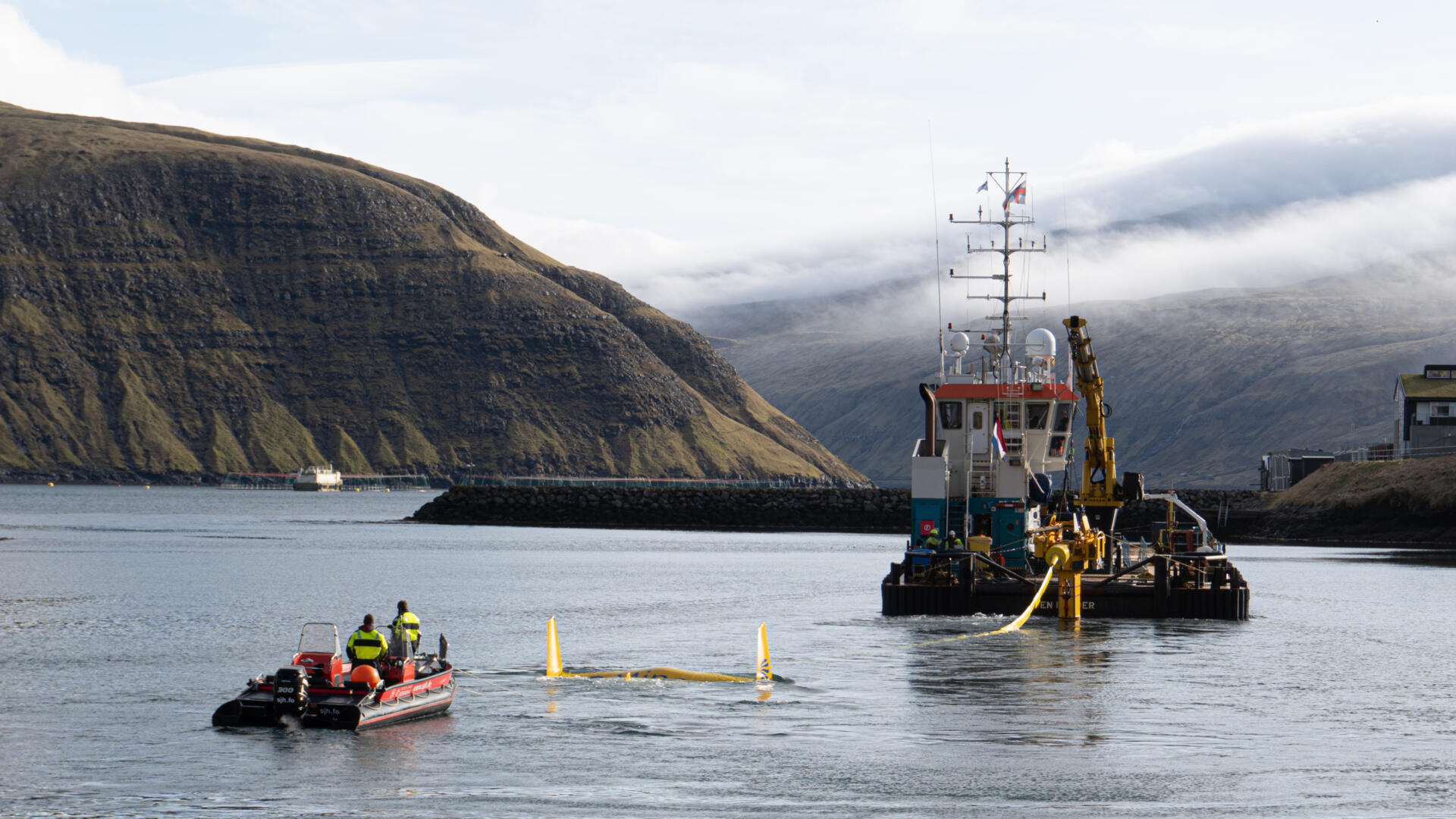
Unique technology generates environmentally friendly power from ocean wave energy
One of our time’s greatest challenges is the conversion from fossil to renewable energy. Swedish CorPower Ocean’s unique wave energy converters have the capacity to contribute radically to the change. The ground-breaking technology generates electricity from waves – more efficiently and at a lower cost than what has ever been possible before.
Ocean waves hold great power. Electricity generated from wave power is a renewable energy source, as well as a reliable complement to sun and wind power. Studies show that wave power could generate up to 10–20 percent of the world’s power supply. But until now, there has been major obstacles for a largescale launch of the production of electricity from waves. To manage the tough weather conditions, wave converters have previously been too big, too heavy and too expensive in comparison to the amount of power that they generate.
– A lot of people have said for a long time that we should harness wave energy, but no one has been able to manage the economy. Now we have this radically different technology that turns out to be economically sound even before it is completely developed. That really is unique, says Göran Linder, CEO at Midroc Invest.
Technology inspired by the heart
Midroc Invest’s portfolio company CorPower Ocean develops wave power converters that with the help from buoys on the water surface harness the energy momentum from the waves. The technology is based on the cardiologist and inventor Stig Lundbäck’s knowledge of the heart’s pumping functions and his research on wave energy. Through intelligent control technology, the buoys follow the waves at an optimal pace, which greatly enhances the energy absorption. CorPower’s wave energy converters can generate five times more energy per ton installed equipment than previous solutions, even at small waves. Also, innovative solutions make it possible for the converters to endure even large storm waves without being torn apart.
– The ideal span of the wave height is basically unlimited; the weather is seldom so rough that you cannot harness the energy. All in all, this is a very reliable technology, says Göran.
Reliable and stable
Something that makes the technology even more reliable is that you can have a rolling service schedule. When a converter buoy needs maintenance, you simply replace it with a buoy that has already been overhauled, practically eliminating the need for maintenance stoppages. This is enabled by a modular way of thinking where the wave park is built on many units, which also means that methods for volume production is driving the costs down.
Oceans waves are shaped weather systems over several days, which is why the surface is never completely calm. This means that the energy extraction from waves can be predicted with much more certainty than from the sun or wind.
– Wave power will play a key part in the global energy conversion by producing electricity in a more stable way, even when it is not windy or sunny, says Göran.
Well tested technology
CorPower Ocean already has a history of several years of test data from active power plants. Soon, the first full-scale plants will be launched outside the coast of Portugal. There are strategic development contracts with several parties already in place, if this is successful, beginning with commercial deliveries
to Ireland and the UK.
– Our ambition is to invest in ground-breaking technologies with the capacity to contribute in a radical way to the conversion to a sustainable energy production. The technology that CorPower has developed fits with ambition very well, says Göran.

Can underwater kites solve 50 percent of the world’s energy needs?
How are we going to solve the world’s energy supply without destroying the environment on Earth? It was this complex challenge that led to the brand-new technology developed by Minesto. A company that Midroc’s investment company Midroc New Technology invests in. The Deep Green technology functions as a flying kite below the ocean surface.
Read more






